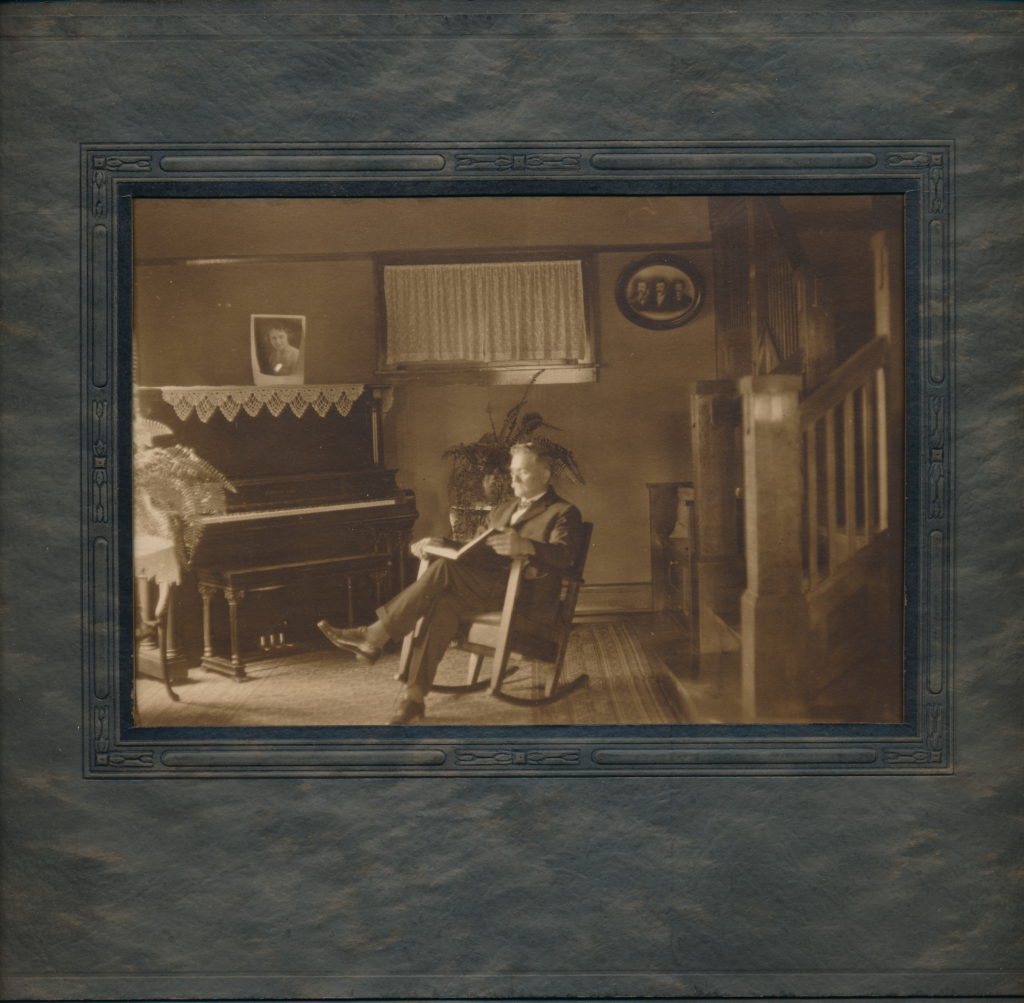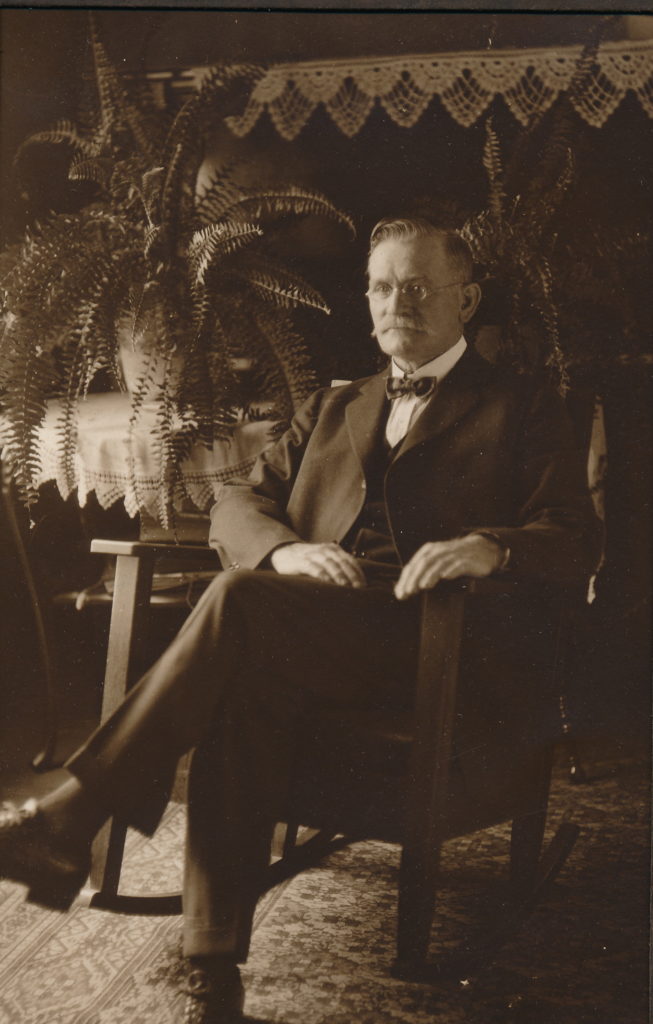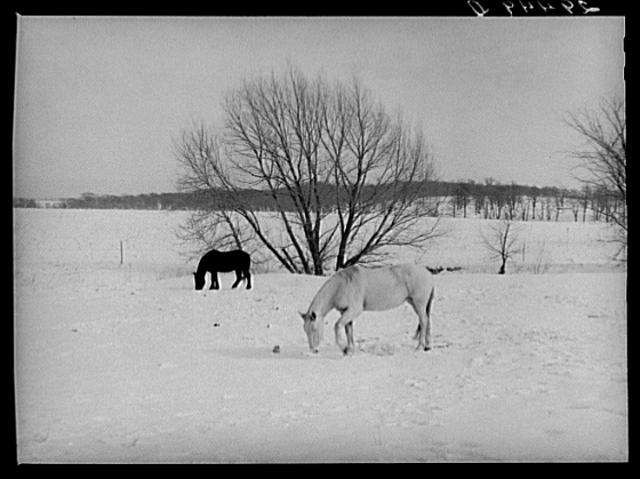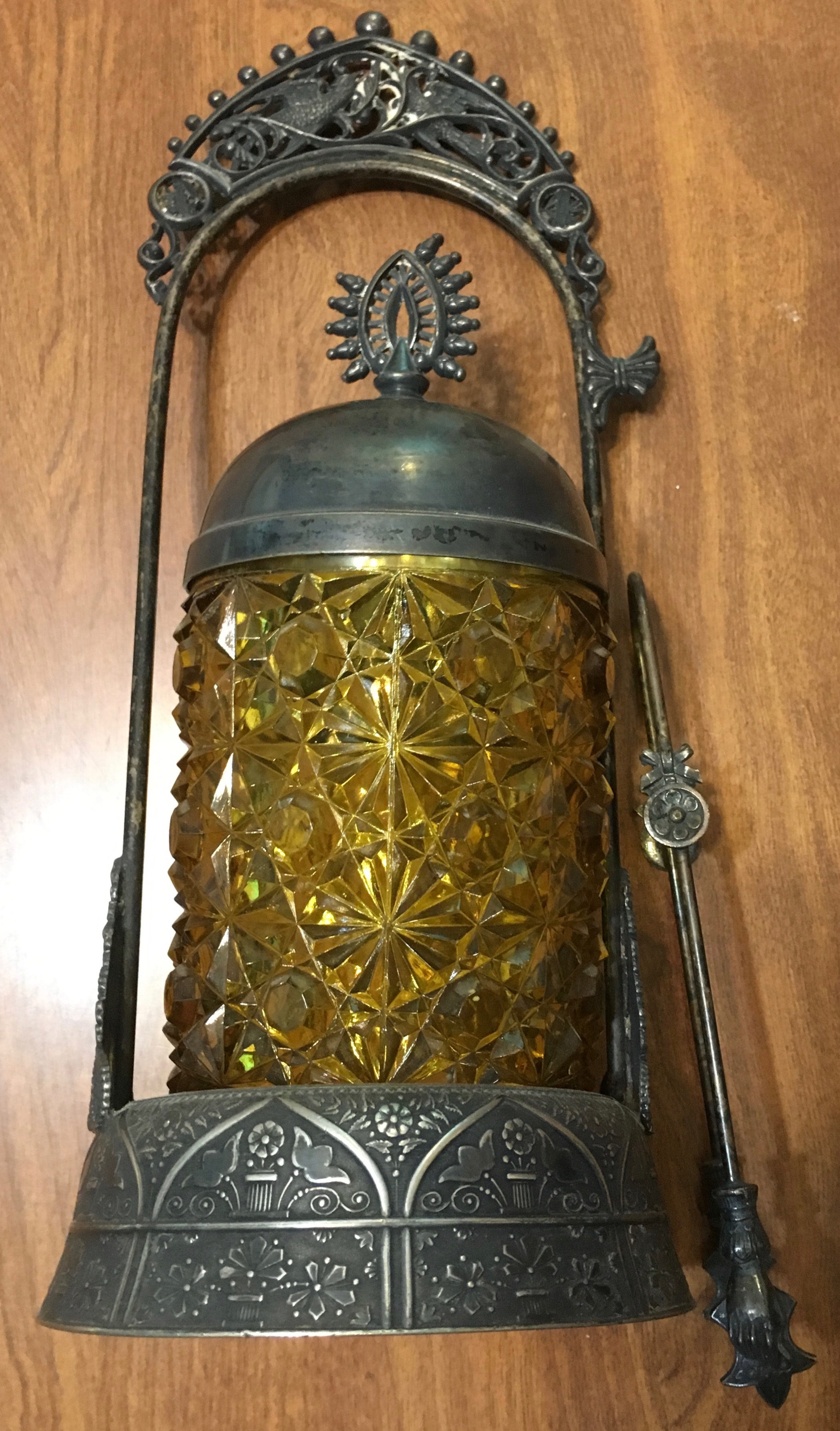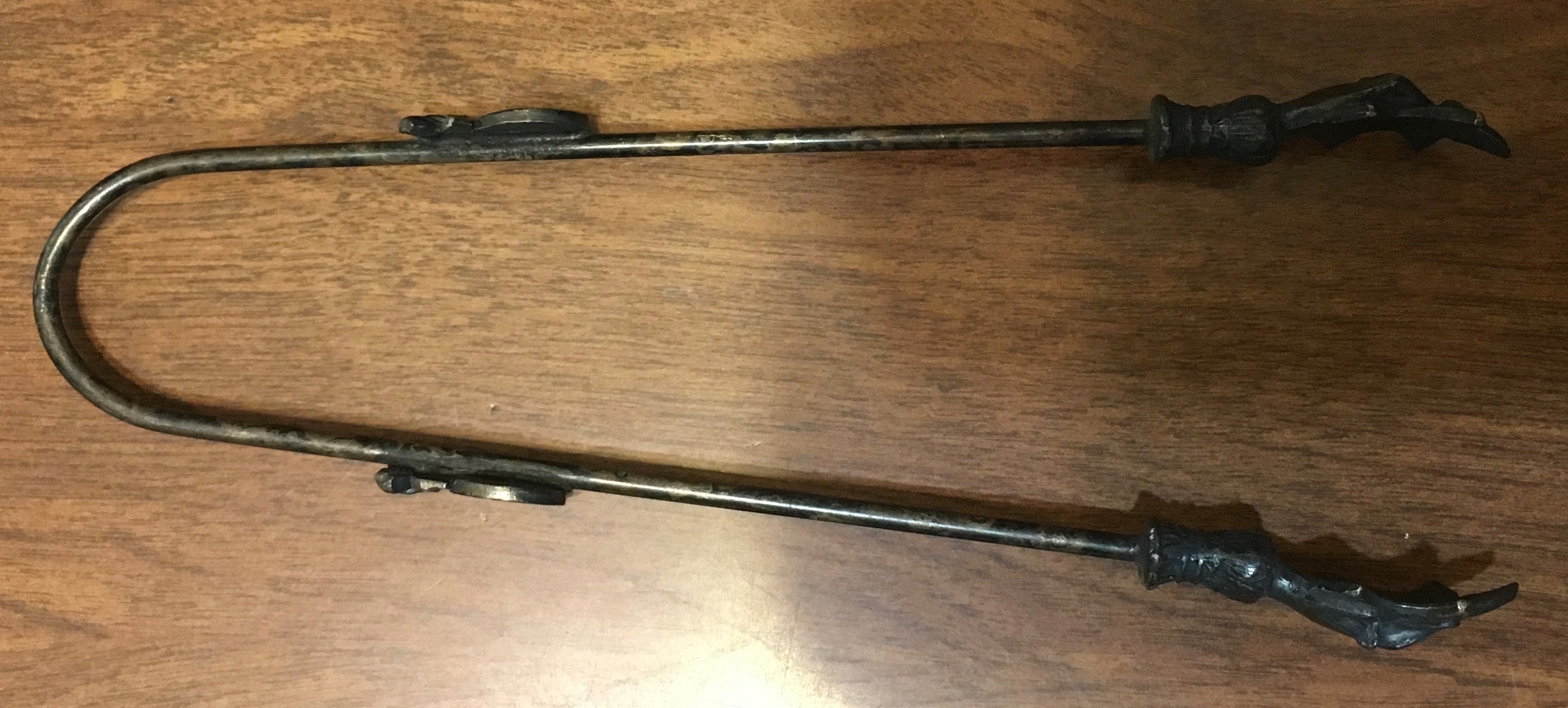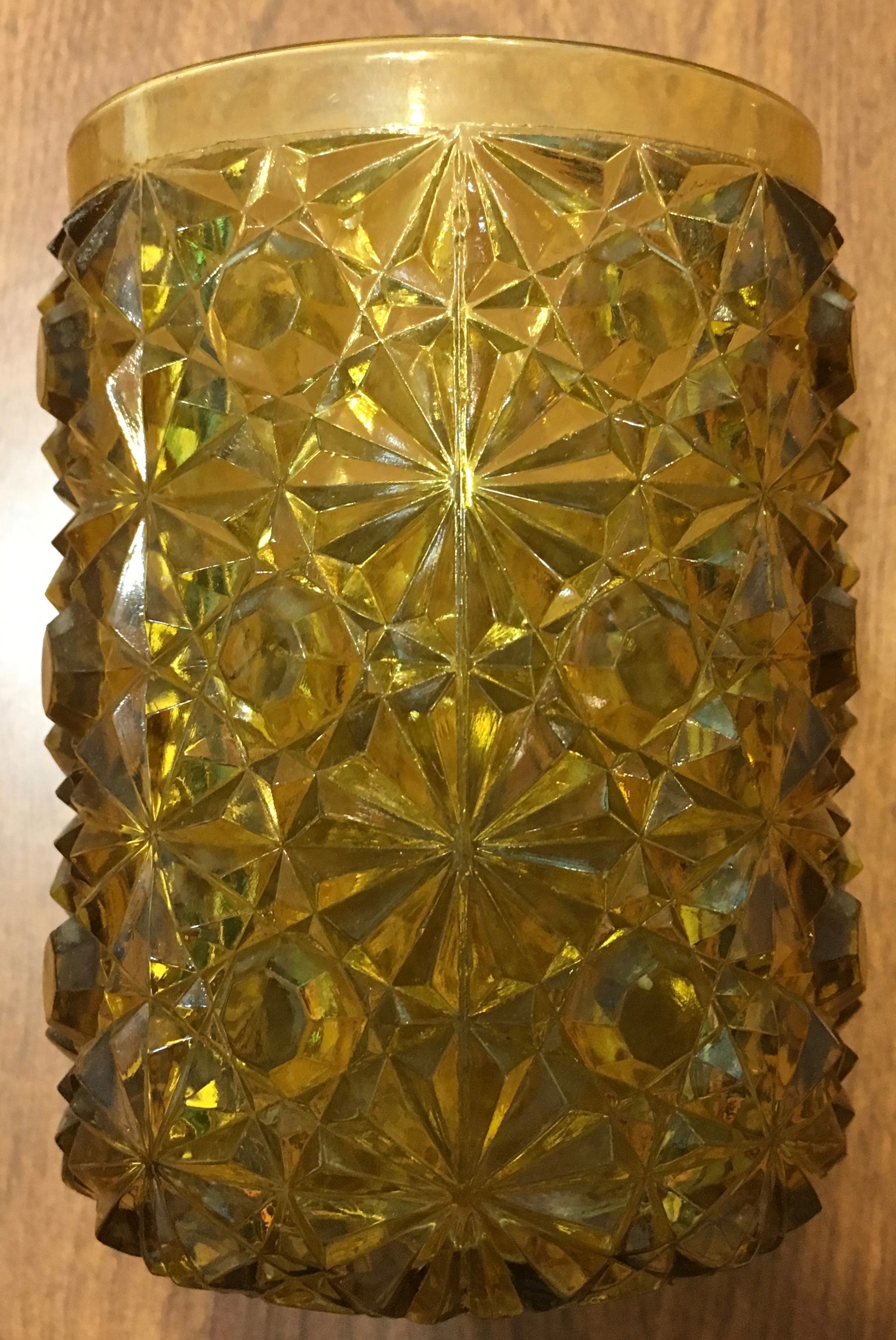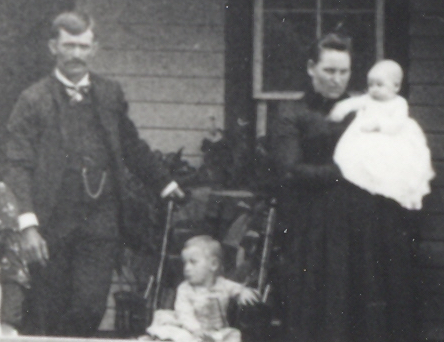Edith M. Roberts and the Prairie City High School Class of 1918

Roberts Family (Click for Family Tree)
The year was 1918, and the world was changing rapidly. The students in the photo above were born 1899-1900, the turn of a century that went from candles to gas lights for reading and doing homework, to electricity that eventually would power the lighting in their rural Iowa homes, and later computers. The US Post Office started the world’s first air mail delivery that year, with time zones and daylight savings time becoming official. World War I would finally end that November after four years of global bloodshed, but the first “Spanish flu” case was seen in nearby Kansas- that epidemic would take even more lives, a large number of them young people. Mechanization on the farm was improving although farming was still a hard and time-consuming job- note that there is only one male student in the graduating class. Other young men had likely dropped out of school by the 8th grade or even before, as they were needed on the farm or in the family business, thinking further schooling would not prepare them any better for the career they had ahead of them. Some of the young men might even have been in France or somewhere else in Europe, fighting in World War I.

Edith Roberts (later McMurray, then Luck) is the student standing second from the left. Her parents, George Anthony Roberts, Sr. (1861-1939) and Ella “Ellie” Viola (Daniel) Roberts (1866-1922), and her siblings, George A. Roberts, Jr. (1889-1965) and Ethel Gay Roberts (later Robison) (1891-1969) lived on the family farm in Mound Prairie Township in Jasper County. Edith paternal grandparents were living at 108 N. Sherman in Prairie City while she was in high school. Perhaps she stopped by to see them after her classes some days, or took them some of the fruits and vegetables she, Ethel, and their mother had canned, or the delicious butter that Ellie made and sold in the local stores. Her grandmother, Elizabeth Ann (Murrell) Roberts died in 1917, and her grandfather John Roberts (1832-1922) may have moved in with his son William Edward Roberts who lived with his family on Jefferson Street by the time Edith graduated.
They all would have received one of these beautiful envelopes in May of 1918:
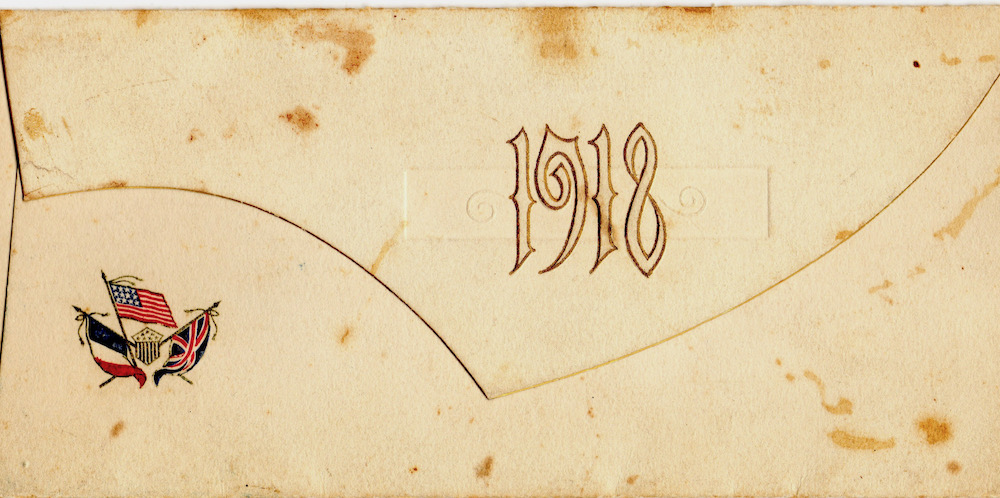
Within would be the announcement of Edith’s graduation, along with the names of her classmates:

Commencement exercises would take place at the Opera House in Prairie City on Friday, May 24th, 1918, at 8pm. Those who would walk across the stage and receive their hard-earned diploma were:
| Ruth V. Schakel | Bessie M. Krohn |
| Edith M. Roberts | Blanche A. Peery |
| Lora L Wooddell | Marjorie N. Graham |
| Beth M. Anderson | Berlin P. Ballagh |
| Lillian C. Pannenbacker |
It would be interesting to follow up and learn more about the later lives of Edith’s classmates. As for Edith, she attended the University of Iowa in Iowa City, Iowa. She began with interest in a degree in music and teaching, however graduated in June of 1923 with a B. A. in Zoology- very unusual for a woman in those years! She did take courses in the science of education and psychology, so also received a certificate from the School of Education so that she could teach. She valued education her whole life, enjoying any chance to learn and imparting that love to her son and grandchildren.
Notes, Sources, and References:
- Family treasure chest of photos and ephemera.
- There are ten persons in the class photo, but only nine are listed as graduating. Perhaps one of the women is the teacher for the class? The reverse of the photo does not list names.
Click to enlarge any image. Please contact us if you would like an image in higher resolution.
We would love to read your thoughts and comments about this post (see form below), and thank you for your time! All comments are moderated, however, due to the high intelligence and persistence of spammers/hackers who really should be putting their smarts to use for the public good instead of spamming our little blog.